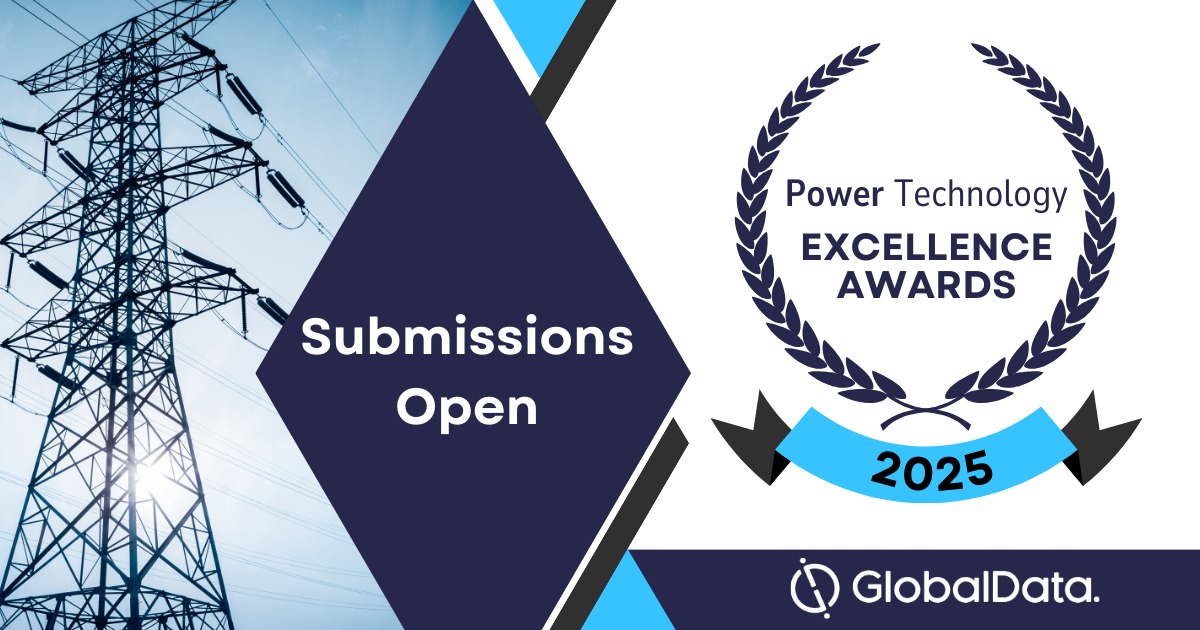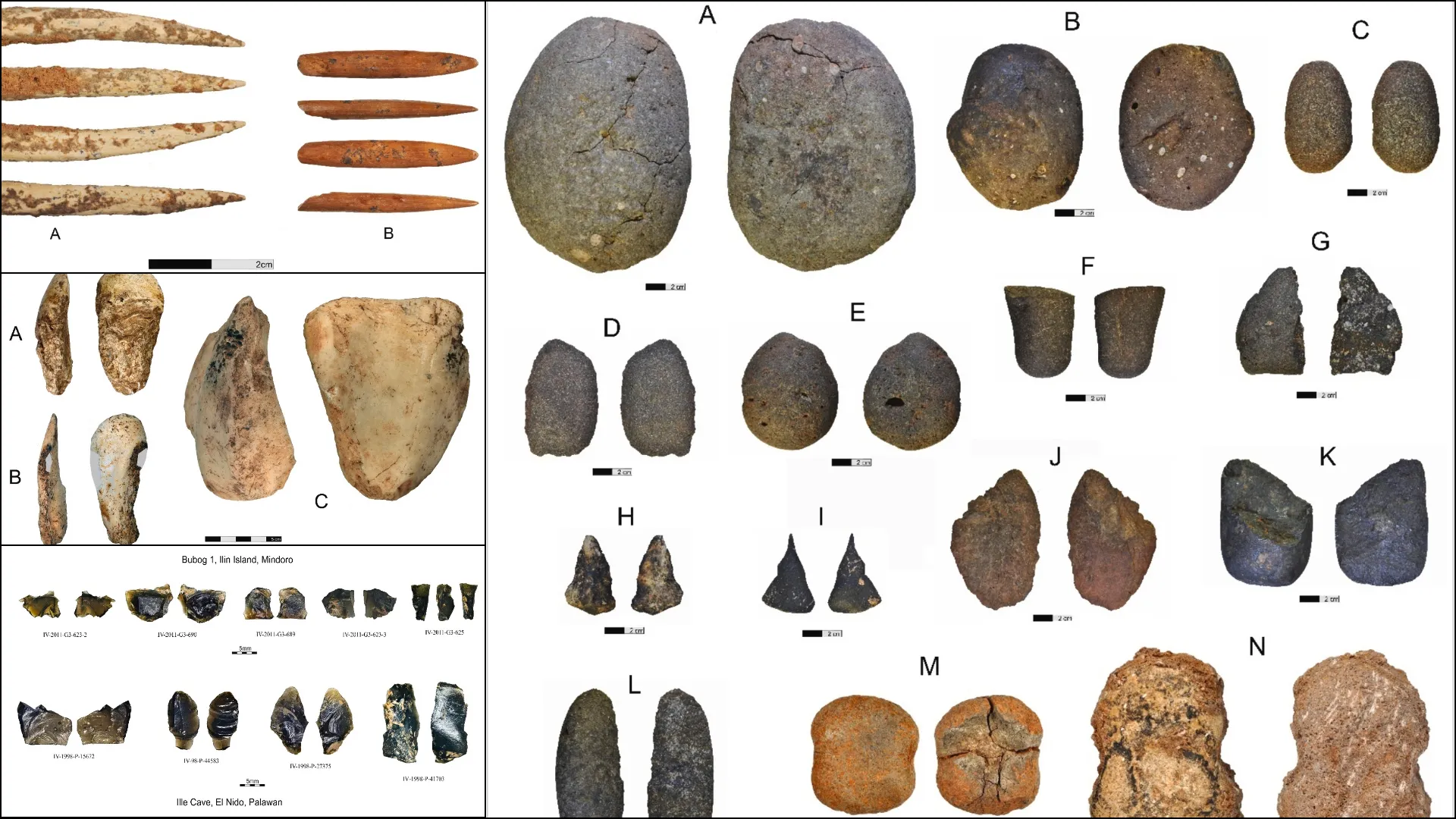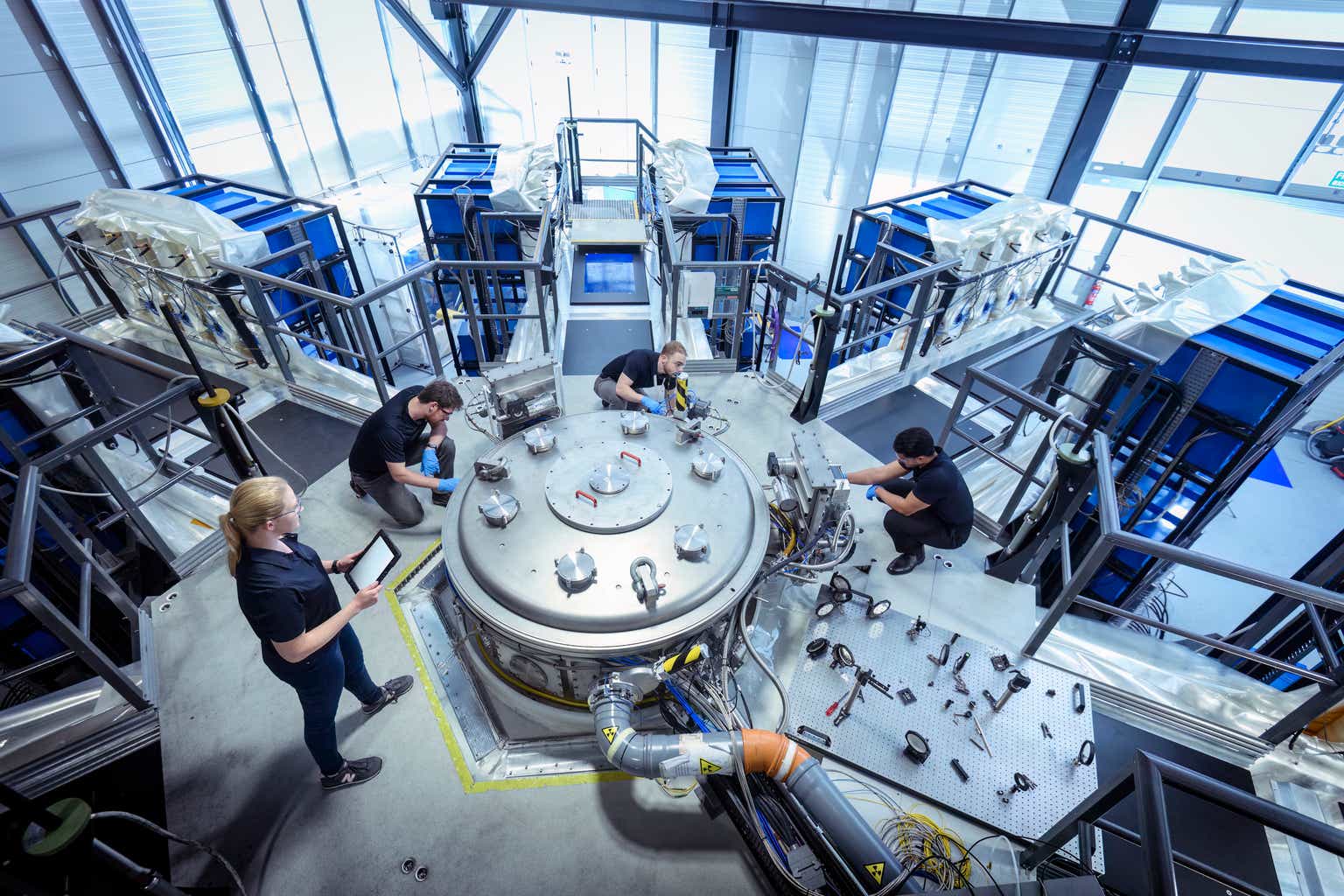Groundbreaking AI Tech Promises a Battery Recycling Revolution, Fueling the EV Future

The electric vehicle (EV) revolution is in full swing, and with it comes a surging global demand for lithium – a crucial component in lithium-ion batteries. However, current battery recycling rates are woefully inadequate, creating a looming environmental and resource challenge. Now, a new wave of artificial intelligence (AI) technology is emerging, poised to fundamentally transform the battery recycling landscape and pave the way for a more sustainable EV future.
The Lithium Crunch and Recycling Challenges
As EV adoption accelerates, the pressure on lithium supplies is intensifying. Traditional mining practices for lithium are resource-intensive and can have significant environmental impacts. Recycling lithium-ion batteries offers a compelling alternative, reducing our reliance on mining and minimizing waste. Yet, existing recycling processes face several hurdles:
- Complex Battery Chemistry: Lithium-ion batteries contain a complex mix of materials – lithium, cobalt, nickel, manganese, and graphite – each requiring specific recovery methods.
- Varied Battery Designs: Different EV manufacturers utilize diverse battery designs and chemistries, making standardized recycling difficult.
- Inefficient Sorting and Disassembly: Manually sorting and dismantling batteries is labor-intensive, costly, and prone to errors.
- Low Economic Viability: The current economics of battery recycling often don't justify the investment, hindering widespread adoption.
AI to the Rescue: A New Era of Battery Recycling
This is where AI comes in. Innovative AI-powered systems are being developed to address these challenges head-on. Here's how AI is revolutionizing battery recycling:
- Advanced Sorting and Identification: AI-powered computer vision systems can rapidly and accurately identify battery types and chemistries, streamlining the sorting process. These systems analyze visual cues, markings, and even internal components to differentiate between various battery models.
- Robotic Disassembly: AI-controlled robots are being deployed to automate the disassembly process, increasing efficiency and reducing labor costs. These robots can precisely dismantle batteries, separating valuable materials with minimal damage.
- Process Optimization: Machine learning algorithms analyze data from the recycling process to optimize parameters like temperature, pressure, and chemical concentrations, maximizing material recovery rates.
- Predictive Maintenance: AI algorithms can predict equipment failures, allowing for proactive maintenance and minimizing downtime.
- Material Composition Analysis: AI can analyze battery composition with greater speed and accuracy than traditional methods, leading to better material recovery and higher-quality recycled materials.
The Benefits: Sustainability, Economics, and the Future of EVs
The widespread adoption of AI-powered battery recycling offers a multitude of benefits:
- Reduced Environmental Impact: Minimizes the need for lithium mining and reduces landfill waste.
- Enhanced Resource Security: Creates a closed-loop system, ensuring a stable supply of critical battery materials.
- Improved Economic Viability: Lower recycling costs and higher material recovery rates make battery recycling more economically attractive.
- Supports EV Growth: A sustainable and cost-effective battery recycling ecosystem is essential for the long-term growth of the EV market.
Looking Ahead
While AI-powered battery recycling is still in its early stages, the potential is immense. As technology continues to advance and recycling infrastructure expands, we can expect to see a significant increase in lithium-ion battery recycling rates, contributing to a more sustainable and resilient EV future. Investment in research and development, supportive government policies, and collaboration across the battery value chain will be crucial to unlocking the full potential of this transformative technology. The future of electric mobility depends on it.






